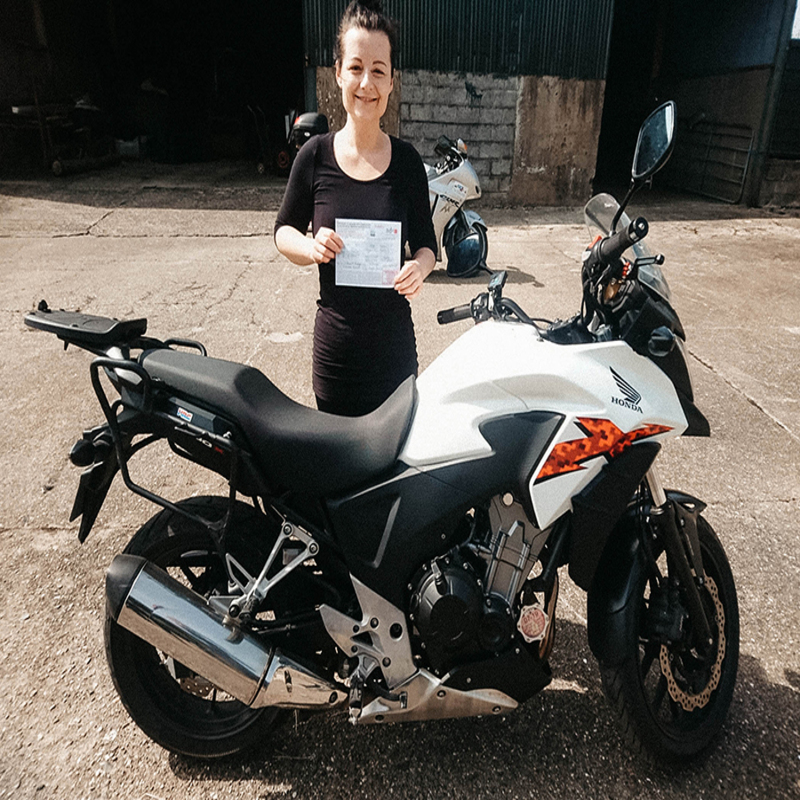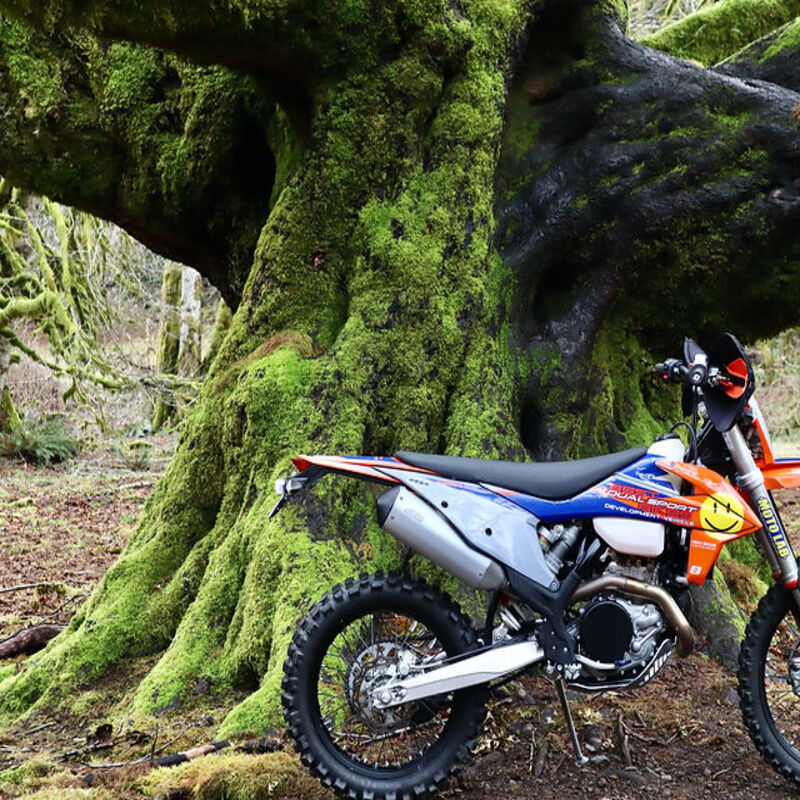How Old Do You Have to Be to Drive a Motorcycle? Motorcycling is a popular activity that offers a unique sense of freedom and adventure. Therefore, understanding the legal age requirements for driving a motorcycle is crucial for aspiring riders. Age requirements can vary significantly depending on the country, state, or even the type of motorcycle. Additionally, different jurisdictions may have specific licensing and training requirements to ensure the safety of young riders. This comprehensive guide explores the various age requirements, licensing processes, and safety considerations for driving a motorcycle. By following these insights, you can ensure compliance with legal regulations and enjoy a safe riding experience.
How Old Do You Have to Be to Drive a Motorcycle? Age Requirements by Region
Age requirements for driving a motorcycle can differ based on regional regulations. Therefore, exploring these variations is essential to ensure legal compliance.
North America
In North America, age requirements for driving a motorcycle vary between the United States and Canada. In the United States, the minimum age to drive a motorcycle ranges from 14 to 16 years, depending on the state. For example, in states like Alabama and South Dakota, individuals can obtain a motorcycle permit at 14. In contrast, states like California and New York require riders to be at least 16. Typically, obtaining a motorcycle license involves passing a written test and a skills test. Additionally, many states offer graduated licensing programs that introduce young riders to motorcycling in stages. In Canada, the minimum age generally varies between 14 and 16 years, depending on the province or territory. For example, in Alberta, riders can get a motorcycle learner’s permit at 14, while in Ontario, the minimum age is 16. Therefore, understanding regional differences helps aspiring riders navigate legal requirements effectively.
Europe
In Europe, the age requirements for driving a motorcycle are guided by the European Union’s licensing framework, although some variations exist among member states. Generally, the minimum age to drive a moped (up to 50cc) is 14 to 16 years. For larger motorcycles, the minimum age typically ranges from 16 to 18 years, depending on the motorcycle’s power output. The EU classifies motorcycle licenses into categories such as AM, A1, A2, and A, each with specific age and power restrictions. Category AM licenses, for mopeds, are available to teens as young as 14 in some countries. Category A1 licenses, for motorcycles up to 125cc, require riders to be at least 16 years old. The A2 license, for motorcycles with a power output of up to 35 kW, is available from age 18. Finally, the unrestricted A license is typically available from age 20, provided the rider has held an A2 license for at least two years. Therefore, recognizing the structured licensing categories ensures compliance with European regulations.

Licensing Process
Obtaining a motorcycle license involves a structured process to ensure riders are adequately prepared. Therefore, exploring the licensing process is crucial for aspiring motorcyclists.
Learner’s Permit
The first step in obtaining a motorcycle license often involves acquiring a learner’s permit. This permit allows individuals to practice riding under certain restrictions and supervision. To obtain a learner’s permit, applicants typically must pass a written test that covers traffic laws, road signs, and motorcycle-specific rules. Some jurisdictions may also require a vision test. The learner’s permit often comes with restrictions such as not riding at night, not carrying passengers, and wearing a helmet at all times. Therefore, understanding the learner’s permit requirements helps young riders gain initial riding experience safely.
Skills Test and Full License
After holding a learner’s permit for a specified period and gaining sufficient riding experience, riders can proceed to obtain a full motorcycle license. This process usually involves passing a skills test, which assesses the rider’s ability to operate a motorcycle safely and competently. The skills test may include maneuvers such as starting and stopping, turning, swerving, and emergency braking. In some regions, completing an approved motorcycle safety course can exempt riders from the skills test. Upon passing the skills test, riders receive their full motorcycle license, granting them greater riding freedom and fewer restrictions. Therefore, recognizing the importance of the skills test and safety courses ensures comprehensive preparation for safe riding.
How Old Do You Have to Be to Drive a Motorcycle? Safety Considerations for Young Riders
Safety is paramount for young motorcycle riders, given their relative inexperience. Therefore, exploring safety considerations is essential to promote responsible riding habits.
Helmets and Protective Gear
Wearing helmets and protective gear is crucial for the safety of young riders. Helmets reduce the risk of head injuries in the event of an accident and are often legally required. Young riders should choose helmets that meet safety standards, such as DOT, ECE, or Snell certifications. Additionally, protective gear like gloves, jackets, pants, and boots provides additional protection against abrasions, impacts, and weather conditions. Investing in high-quality protective gear enhances safety and comfort while riding. Therefore, understanding the significance of helmets and protective gear ensures young riders are well-protected.
Riding Within Limits
Young riders must recognize their limits and ride within their skills and experience levels. Starting with smaller, less powerful motorcycles is advisable, as they are easier to control and maneuver. Gradually progressing to larger and more powerful motorcycles allows riders to build confidence and skills safely. Additionally, young riders should avoid risky behaviors such as speeding, aggressive riding, and riding under the influence of alcohol or drugs. Emphasizing safe riding practices and responsible behavior reduces the risk of accidents and injuries. Therefore, recognizing the importance of riding within limits promotes safe and responsible motorcycling.

How Old Do You Have to Be to Drive a Motorcycle? Parental Involvement and Supervision
Parental involvement and supervision play a vital role in ensuring the safety of young motorcycle riders. Therefore, exploring ways parents can support and guide their children is crucial.
Setting Boundaries and Rules
Parents should set clear boundaries and rules for young riders to ensure their safety. Establishing a curfew for riding, defining permissible riding areas, and setting speed limits are essential measures. Parents should also enforce the consistent use of helmets and protective gear. Additionally, monitoring the rider’s adherence to traffic laws and safe riding practices fosters responsible behavior. Setting and enforcing boundaries creates a framework for safe and enjoyable riding. Therefore, understanding the importance of parental involvement in setting boundaries ensures young riders develop good habits.
Encouraging Safety Training
Encouraging young riders to participate in motorcycle safety courses and training programs enhances their skills and knowledge. Many regions offer beginner rider safety courses that cover essential riding techniques, defensive riding, and emergency maneuvers. These courses provide valuable hands-on experience and education in a controlled environment. Parents can also participate in courses alongside their children, fostering a shared commitment to safety. Encouraging continuous learning and improvement cultivates a culture of safety and responsibility. Therefore, recognizing the value of safety training promotes skilled and knowledgeable riders.

Legal Considerations and Responsibilities
Understanding the legal considerations and responsibilities associated with riding a motorcycle is essential for young riders and their parents. Therefore, exploring these aspects ensures compliance with laws and regulations.
Insurance Requirements
Most regions require motorcycle riders to carry insurance coverage to protect against potential liabilities and damages. Insurance requirements typically include liability coverage, which covers damages to other parties in the event of an accident. Optional coverage, such as collision, comprehensive, and medical payments, can provide additional protection. Young riders and their parents should research and obtain the necessary insurance coverage to ensure legal compliance and financial protection. Therefore, understanding the importance of insurance requirements emphasizes the need for responsible preparation.
Adhering to Traffic Laws
Adhering to traffic laws is a fundamental responsibility for motorcycle riders. Traffic laws are designed to ensure the safety of all road users, and compliance is crucial for preventing accidents and legal issues. Young riders should familiarize themselves with local traffic laws, road signs, and motorcycle-specific regulations. Obeying speed limits, signaling turns, and respecting other road users contribute to a safe riding environment. Encouraging a respectful and law-abiding attitude fosters responsible riding behavior. Therefore, recognizing the importance of adhering to traffic laws underscores the need for legal and safe motorcycling practices.
Conclusion
Understanding how old you have to be to drive a motorcycle involves exploring regional age requirements, the licensing process, safety considerations, and legal responsibilities. Proper knowledge ensures legal compliance and safe riding.
Exploring elements like North American and European regulations, recognizing the importance of learner’s permits and skills tests, and identifying safety measures provides valuable insights. Recognizing the significance of parental involvement, legal considerations, and insurance requirements further enriches the understanding.
By engaging with these aspects, young riders and their parents can ensure a safe, responsible, and enjoyable motorcycling experience. Therefore, whether you are an aspiring rider or a parent supporting a young motorcyclist, understanding these elements offers practical and valuable insights. Embrace the opportunity to navigate the world of motorcycling, knowing you have the knowledge and resources to prioritize safety and legal compliance!



